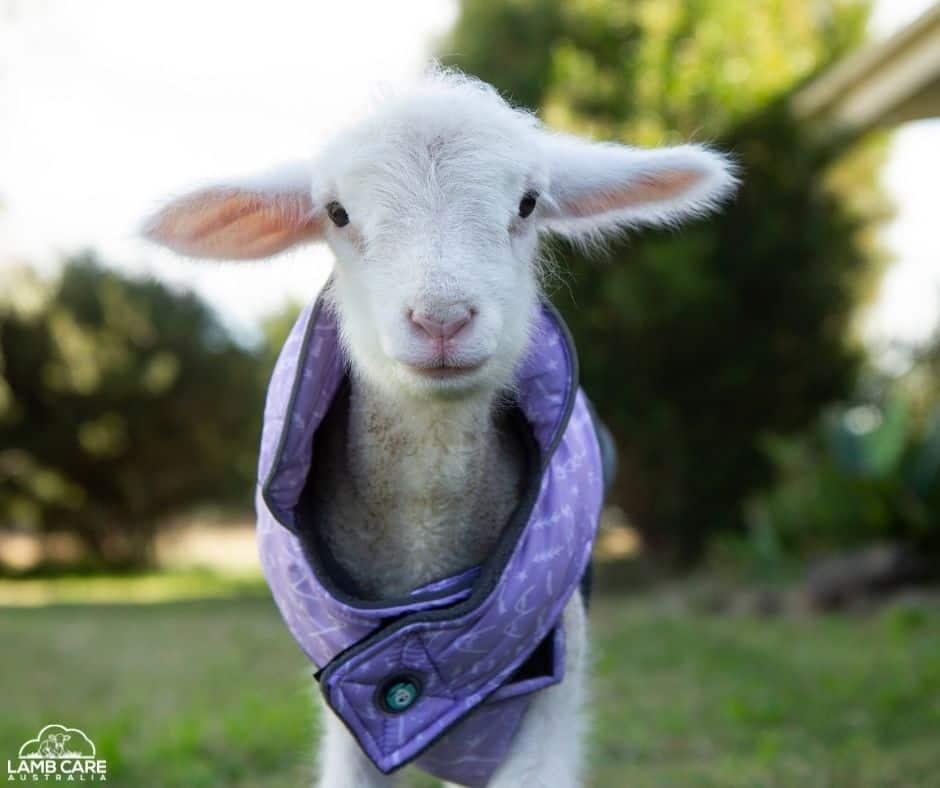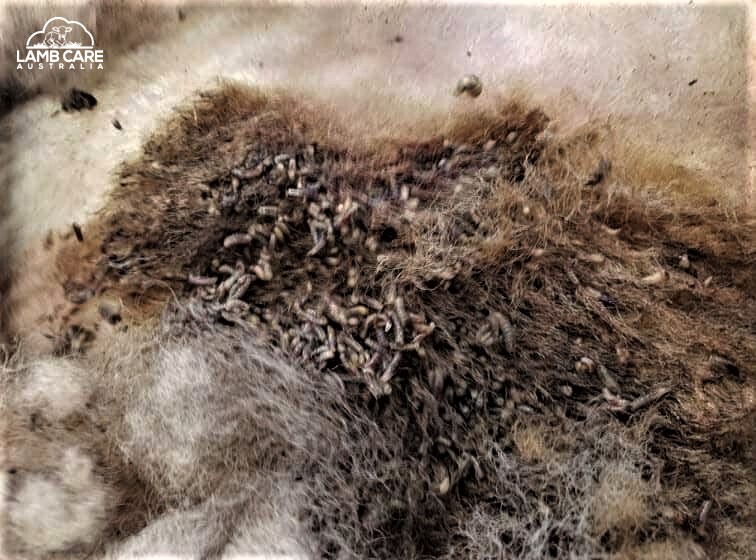
Flystrike in Lambs and Sheep
Flystrike in lambs and sheep is when a blowfly lays eggs in the fleece of the sheep and the eggs hatch into the larvae that in turn become maggots. These maggots then eat into the skin and tissue of the sheep.
Flystrike in lambs and sheep is most likely to happen underneath the tails of lambs and sheep so keeping a close eye on this area especially in the warmer weather is important. Also keep an eye out for small nicks, cuts or abrasions on your sheep as flies are very attracted to blood and can start laying eggs very quickly. Flystrike can happen anywhere on the body, not only under the tails.

Times of the year most prevalent
Warmer weather – more blowflies
Warm day following rain if the sheep have got wet and the fleece is moist
Following shearing due to the possibility of cuts.
Symptoms of Flystrike in lambs and sheep
Lethargy
Unusual behaviour
Hanging of the head
Walking displays physical discomfort
Unusual smell
Being off their food
Small white maggots (can look like worms) may be visible. The larger the maggots the longer they have been there.
Treatment
Wipe away maggots with a warm wet cloth, can slightly wet or dampen the cloth in with some iodine and water
Many maggots will fall out with the wiping but if not all are removed apply water pressure with a 20 ml or 50ml syringe or even a hose as the maggots may have dug in too far for wiping to be effective
Spray generously with Extinosad
Check the rest of the sheep for maggots
Treat sheep with antibiotics in case of infection and pain relief
Check again 24 hours later
If you see your sheep/lamb has a cut or abrasion spray with Extinosad after cleaning immediately.
Cut away any dirty wool from the bottom area, maggots can also live in the wool.
In severe cases a course of antibiotics may be needed for Flystrike in lambs and sheep.
